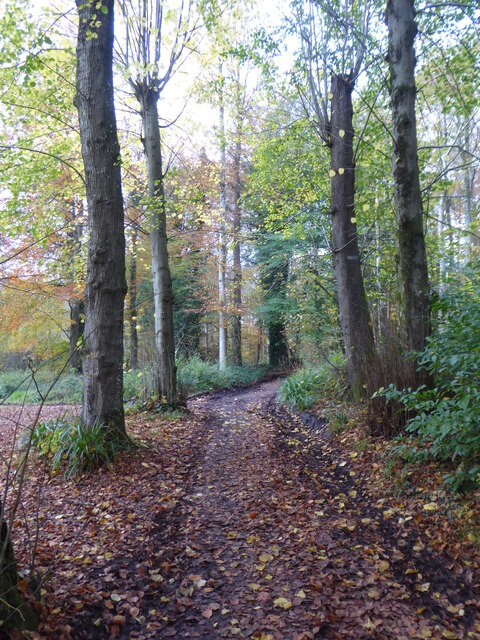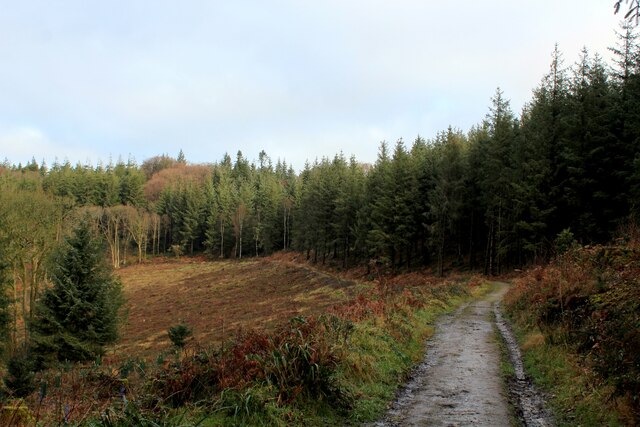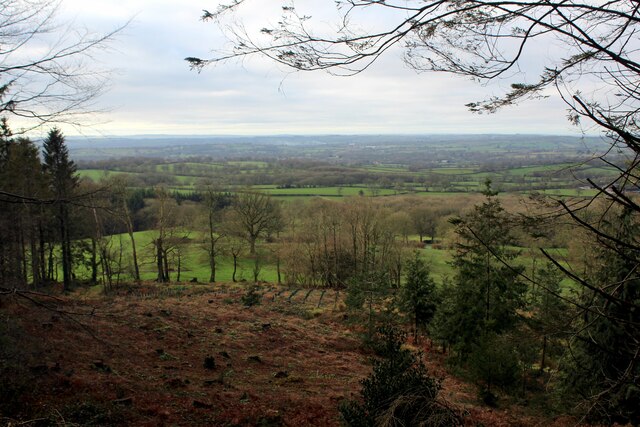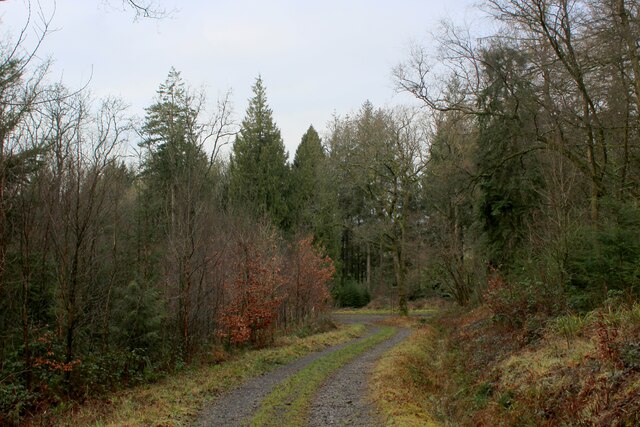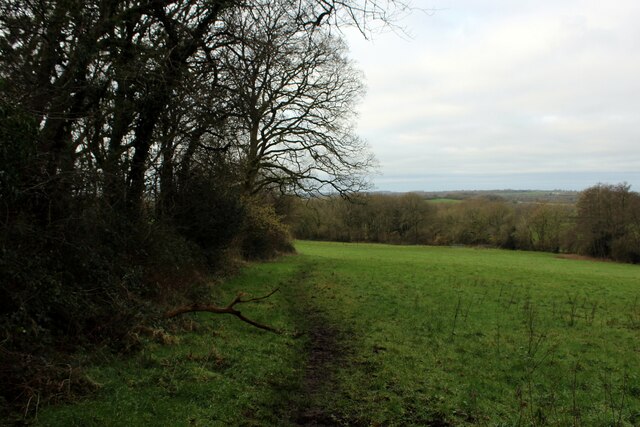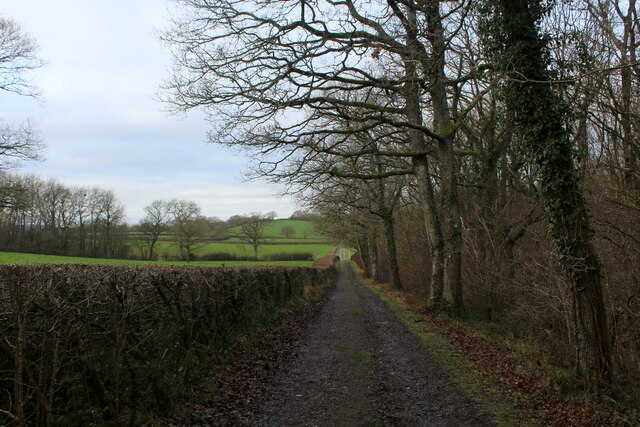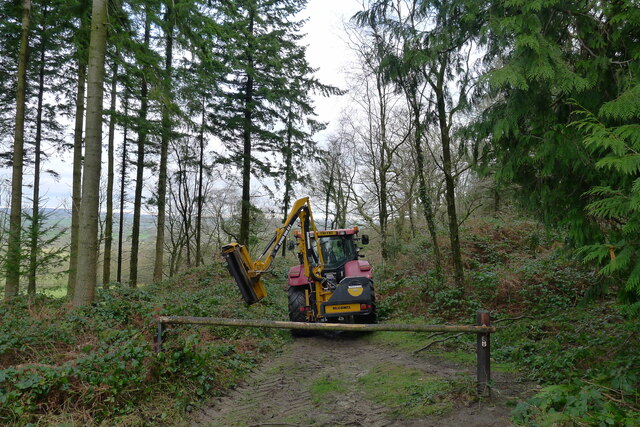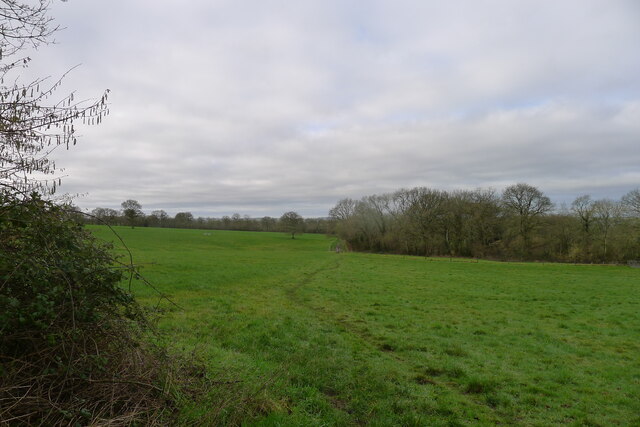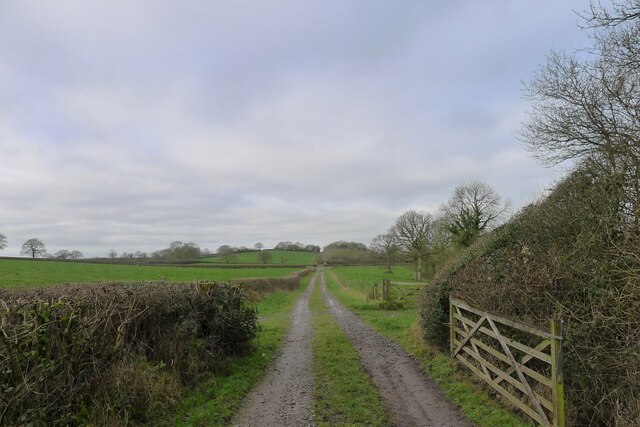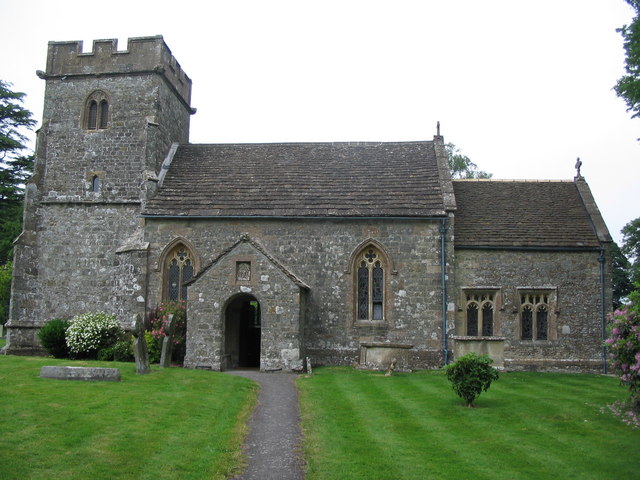Castle Wood
Wood, Forest in Somerset
England
Castle Wood
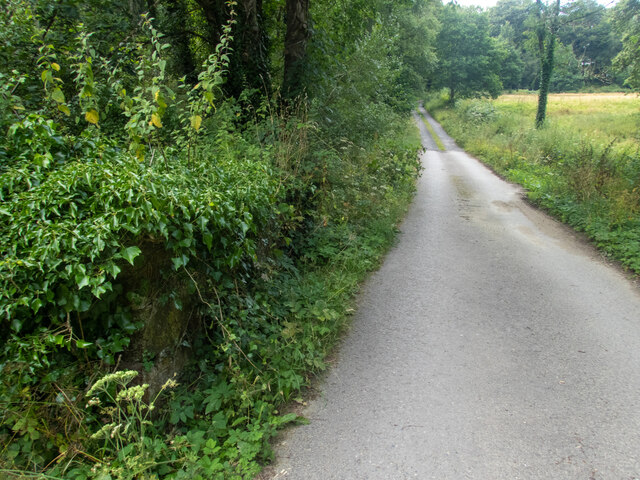
Castle Wood is a picturesque woodland located in Somerset, England. The wood is situated near the small village of Castle Cary, offering a tranquil and natural retreat for visitors. Covering an area of approximately 200 acres, Castle Wood boasts a diverse range of flora and fauna, making it a haven for nature enthusiasts and wildlife lovers.
The woodland is primarily composed of deciduous trees, including oak, beech, and ash, which create a dense canopy and provide a welcoming shade during the summer months. The forest floor is rich with bluebells, wild garlic, and other native plants, adding a burst of color to the surroundings. Several well-maintained trails crisscross the wood, allowing visitors to explore its beauty at their leisure.
One of the main attractions of Castle Wood is its historical significance. The wood is home to the remnants of a medieval castle, which once stood proudly in this location. Visitors can still see the remains of the castle's stone walls and the outline of its former structure, providing a fascinating glimpse into the region's past.
The woodland is also a popular spot for birdwatching, with a variety of bird species calling Castle Wood their home. Visitors may catch sight of woodpeckers, thrushes, and owls, among others. Additionally, various mammals such as deer, foxes, and badgers can be spotted in the early morning or evening hours.
Castle Wood offers a peaceful and idyllic setting for those seeking a break from the hustle and bustle of everyday life. With its natural beauty, historical significance, and abundant wildlife, it is no wonder that Castle Wood is a beloved destination for both locals and tourists alike.
If you have any feedback on the listing, please let us know in the comments section below.
Castle Wood Images
Images are sourced within 2km of 51.099161/-2.3569237 or Grid Reference ST7533. Thanks to Geograph Open Source API. All images are credited.

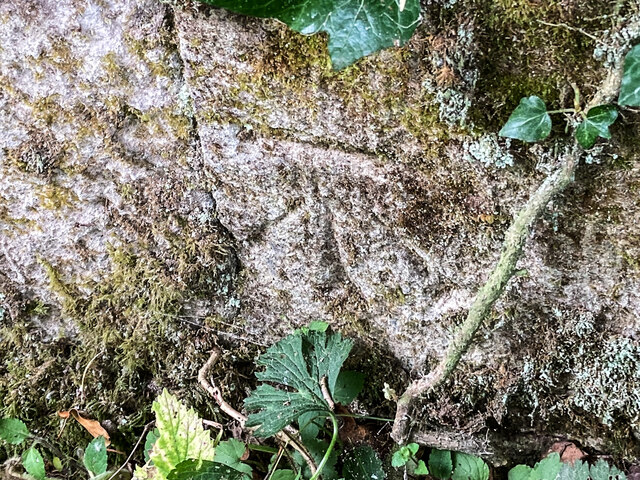
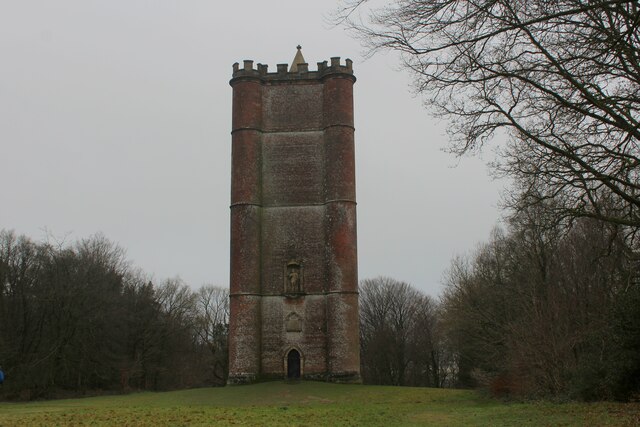
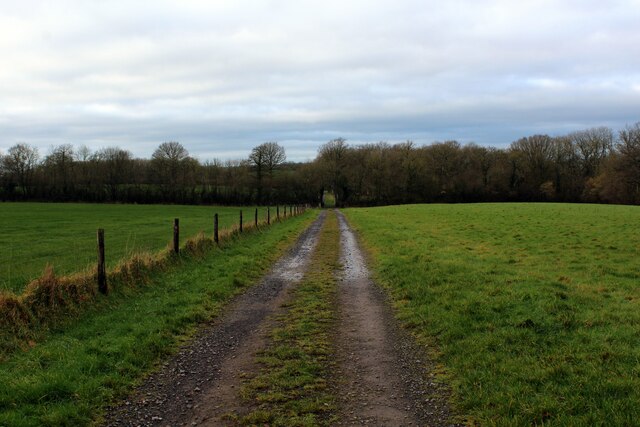

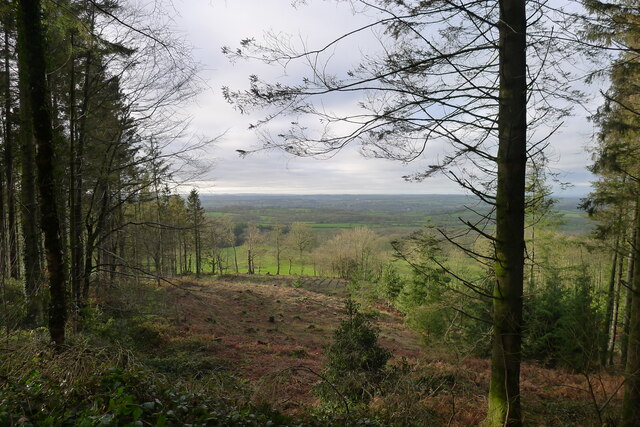
Castle Wood is located at Grid Ref: ST7533 (Lat: 51.099161, Lng: -2.3569237)
Unitary Authority: Wiltshire
Police Authority: Wiltshire
What 3 Words
///itself.flippers.scribbled. Near Bourton, Dorset
Nearby Locations
Related Wikis
Kenwalch's Castle
Kenwalch's Castle is probably an Iron Age hill fort that may have been converted into a Roman fortress, near Penselwood, Somerset, England, 6.6 kilometres...
Heath Hill Farm
Heath Hill Farm (grid reference ST757336) is a 20.73 hectare biological Site of Special Scientific Interest near Stourton in Wiltshire, notified in 1997...
Nozarego
Nozarego is a village in the commune of Santa Margherita Ligure in Liguria, Italy. It is a natural terrace over the Bay of Tigullio. Here there is the...
Cockroad Wood Castle
Cockroad Wood Castle was a castle near Wincanton but now in the parish of Charlton Musgrove, Somerset, England. == History == Cockroad Wood Castle was...
King Alfred's Tower
Alfred's Tower is a folly in Somerset, England, on the edge of the border with Wiltshire, on the Stourhead estate. The tower stands on Kingsettle Hill...
Penselwood
Penselwood is a village and civil parish in the English county of Somerset. It is located 4 miles (6.4 km) north east of Wincanton, 4 miles (6.4 km) south...
Stavordale Priory
Stavordale Priory near Charlton Musgrove, Somerset, England was built as a priory of Augustinian canons in the 13th century and was converted into a private...
Church of St Michael and All Angels, Penselwood
The Anglican Church of St Michael and All Angels in Penselwood, Somerset, England was built in the 15th century. It is a Grade II* listed building. �...
Have you been to Castle Wood?
Leave your review of Castle Wood below (or comments, questions and feedback).
